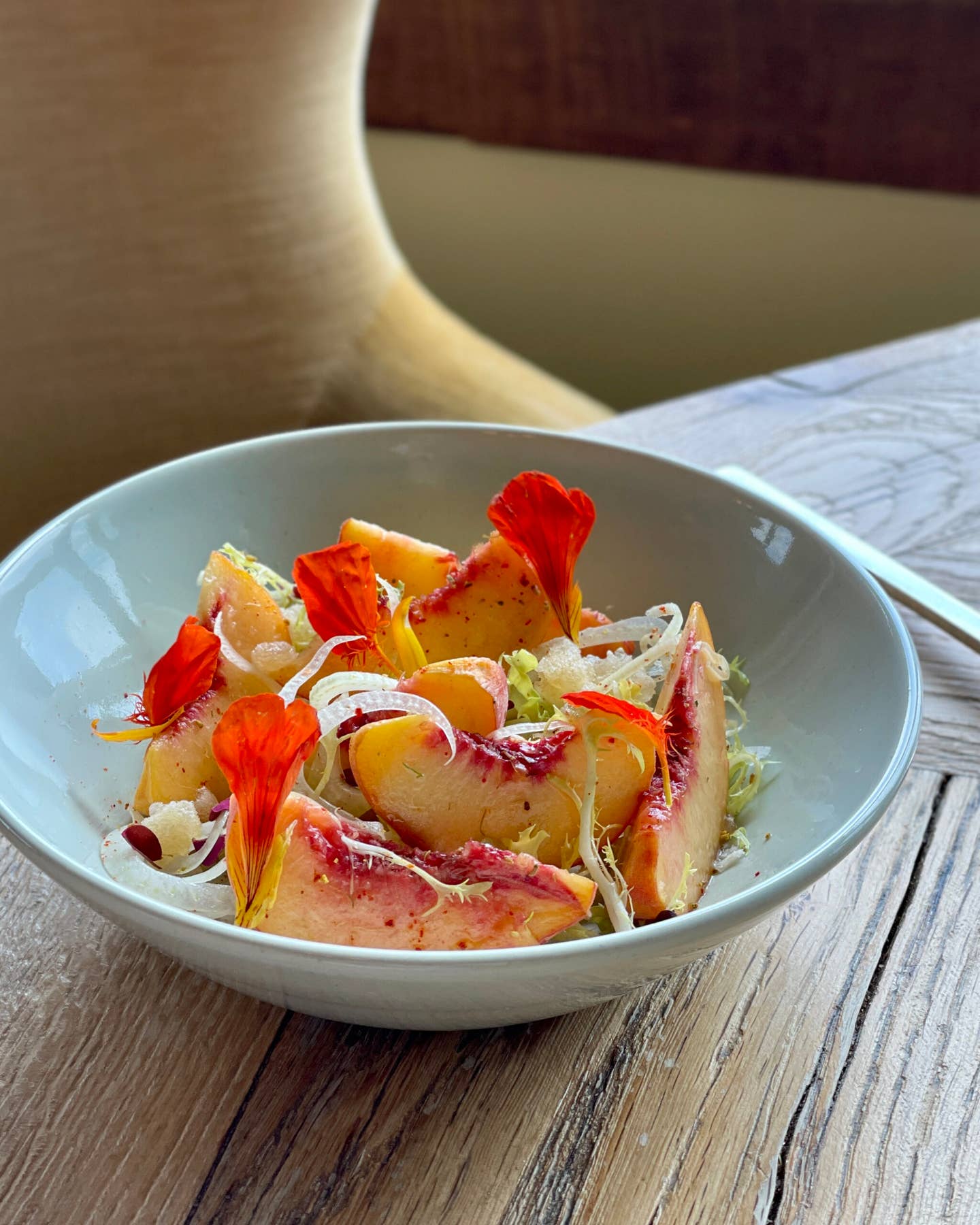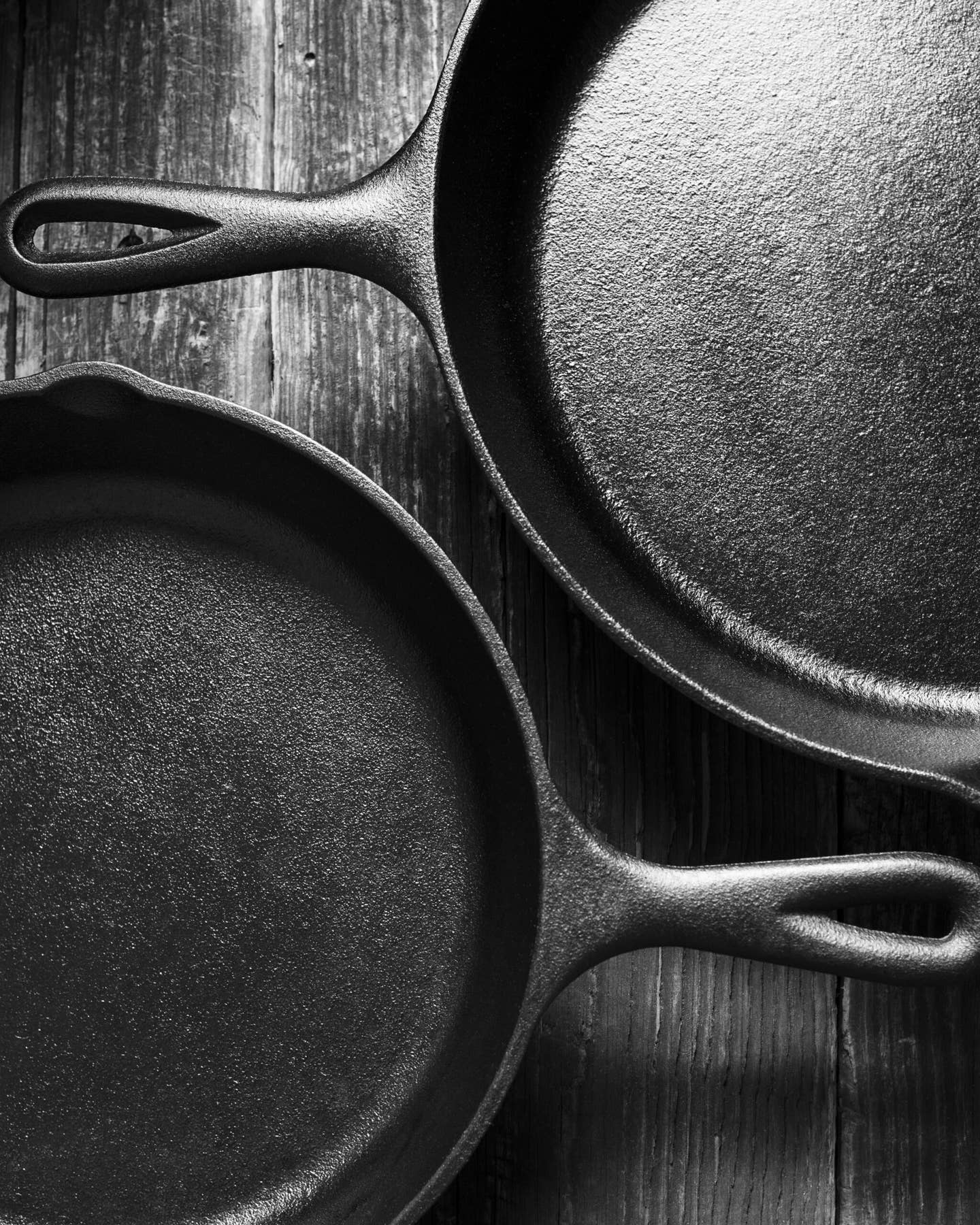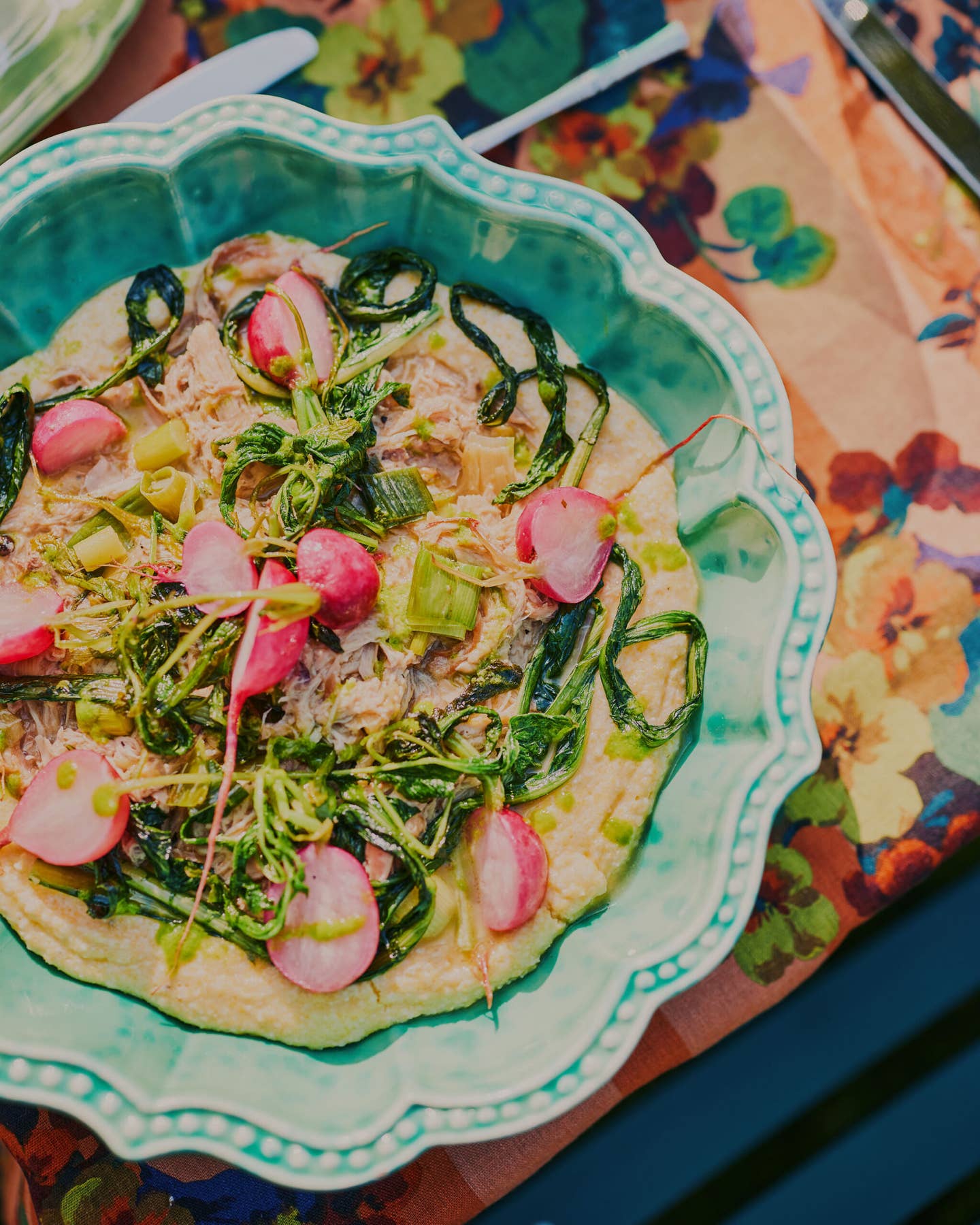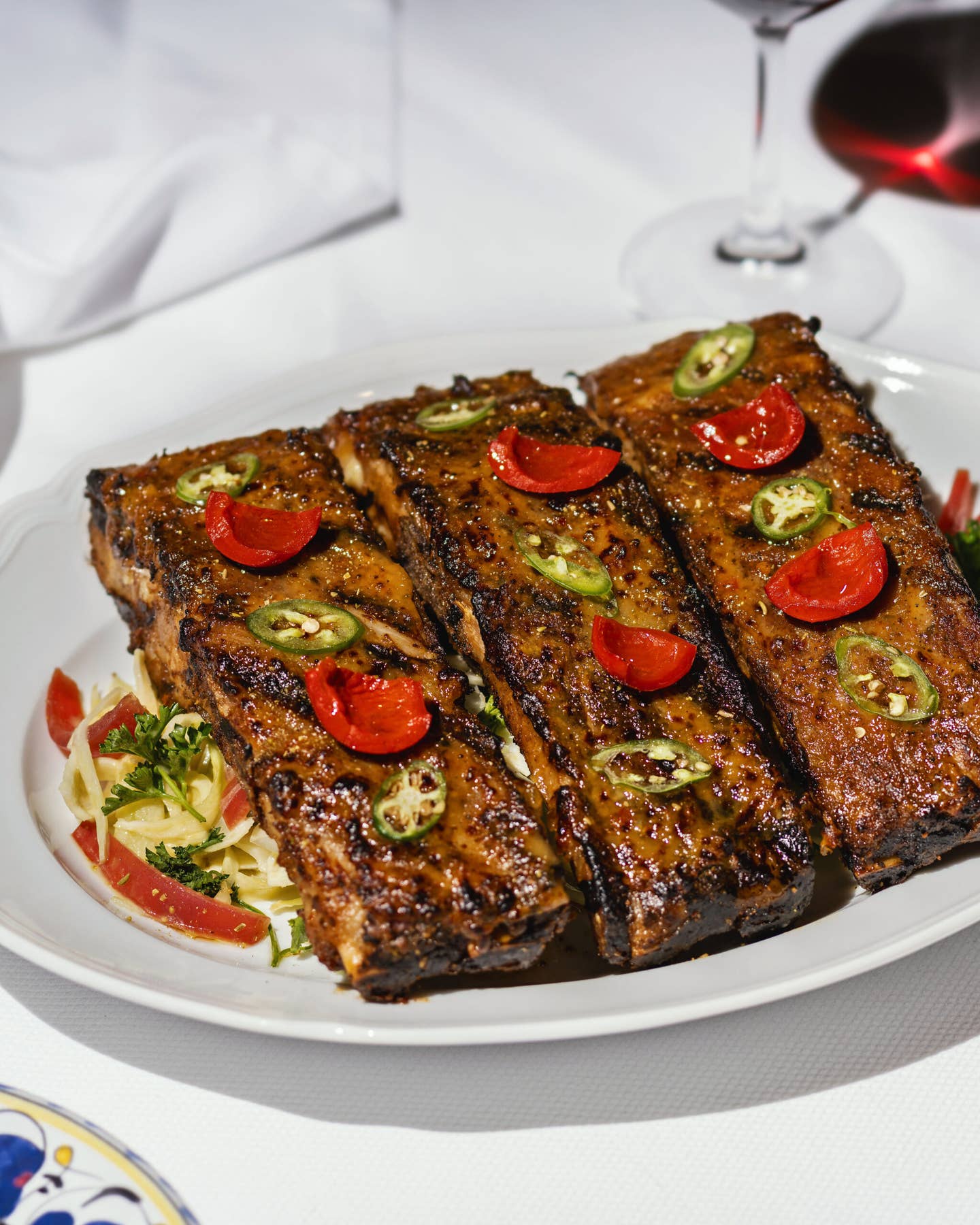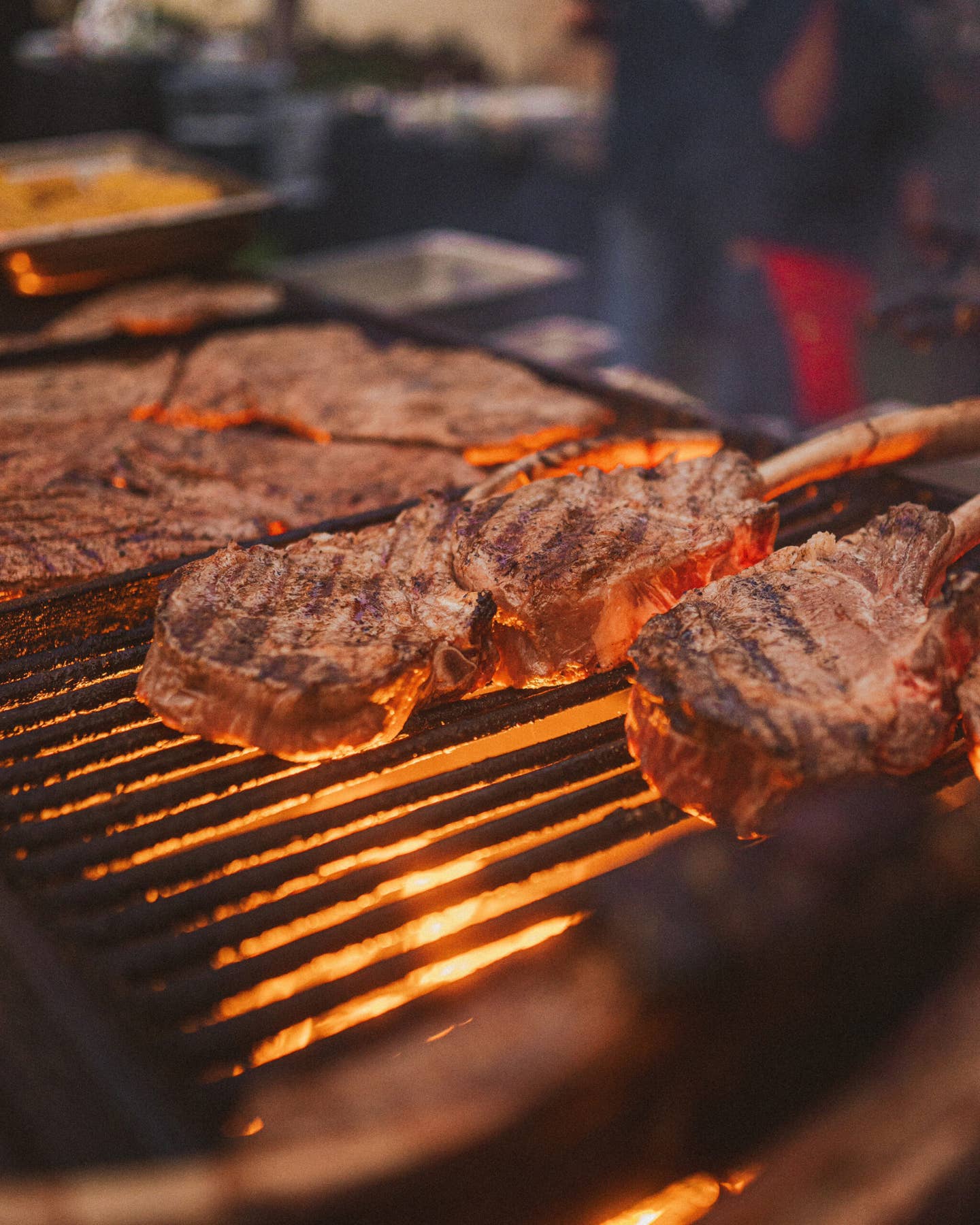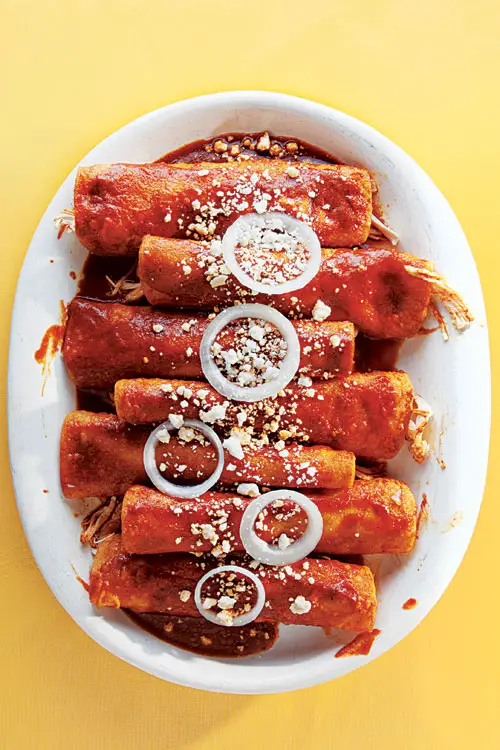
The Art of Mexican Sauces
One distinctive technique that Mexican cooks use to great effect is frying a sauce. A fried sauce, like those in the recipes for enchiladas de chile ajo (pictured) and pollo en pipian verde, has a more intense and complex flavor, a deeper color, and a sumptuous, silky texture. It's also a great way to give new life to a leftover sauce: A raw salsa verde served as a condiment one day can be fried down the next to a thicker, richer topping for eggs and other dishes. The technique requires a heavy pot that can hold an even heat; an enameled cast-iron pot, like those made by Le Creuset, works well. I place it over medium heat; if the heat is too high, the flavors won't have time to fully develop. I add only a little fat—canola oil or lard—just enough to cover the pot's bottom; when it shimmers I know it is hot enough. Once the sauce is added, I keep it at a steady simmer, stirring frequently to prevent scorching; I'm careful not to overcook the sauce, as this can make it bitter. Cooking times will vary depending on the ingredients, but as the sauce cooks, the color will darken, and the texture will thicken considerably. You'll know it is ready when you drag a spoon across the bottom and lay bare a strip of the pot's surface that remains visible for a few seconds before the sauce closes over it again. At this point, you can dilute the sauce with broth to bring it to just the consistency you want. — Iliana de la Vega is chef-owner of El Naranjo in Austin, Texas and chef-instructor at the Culinary Institute of America in San Antonio
Keep Reading
Continue to Next Story





